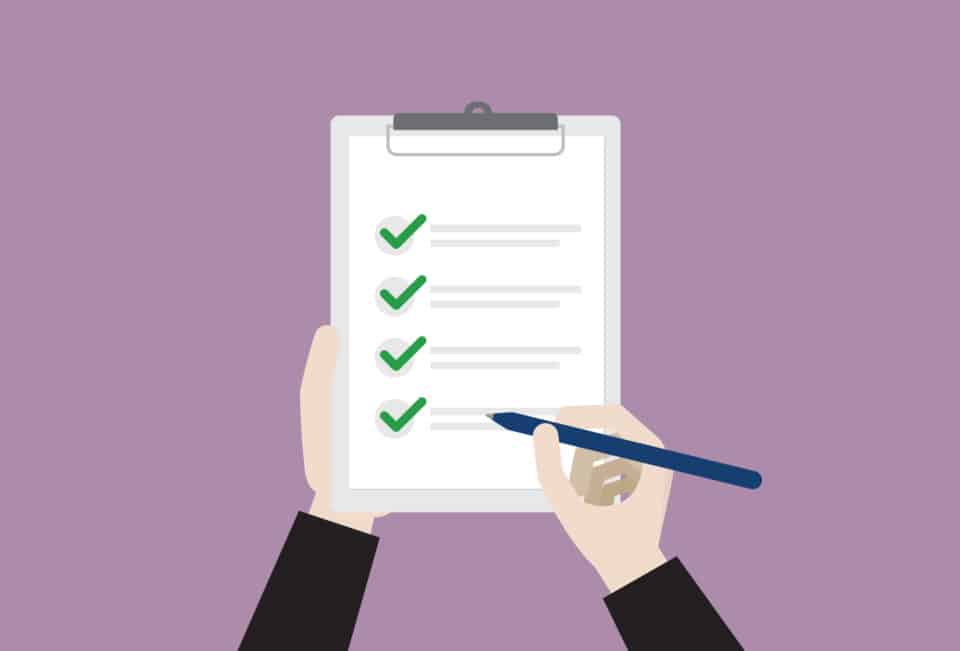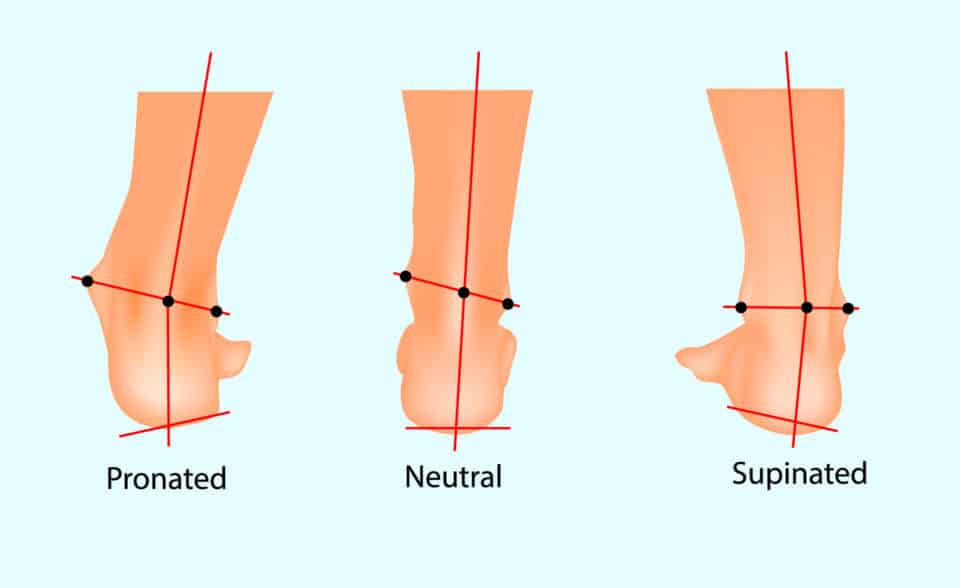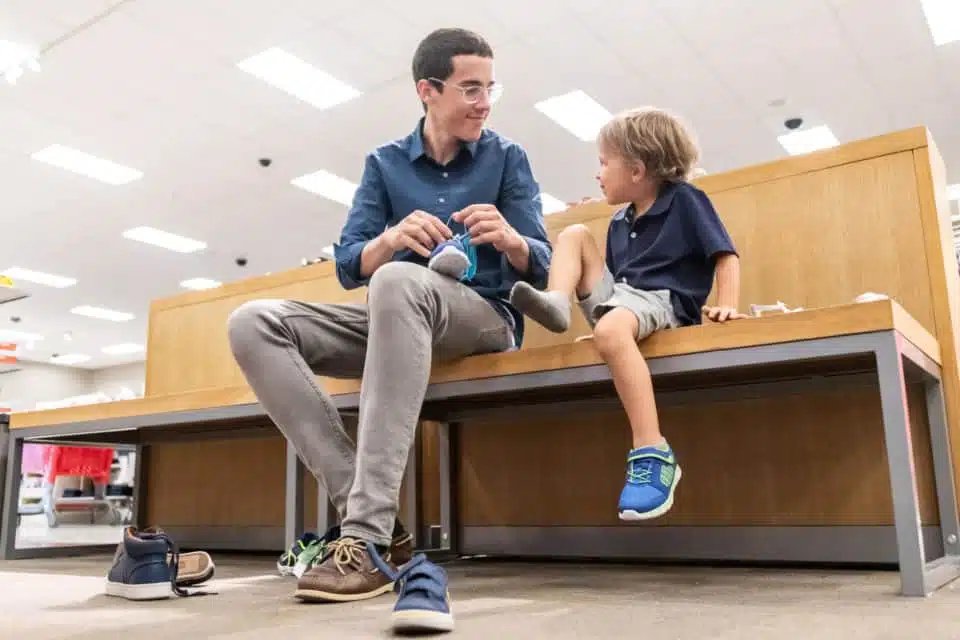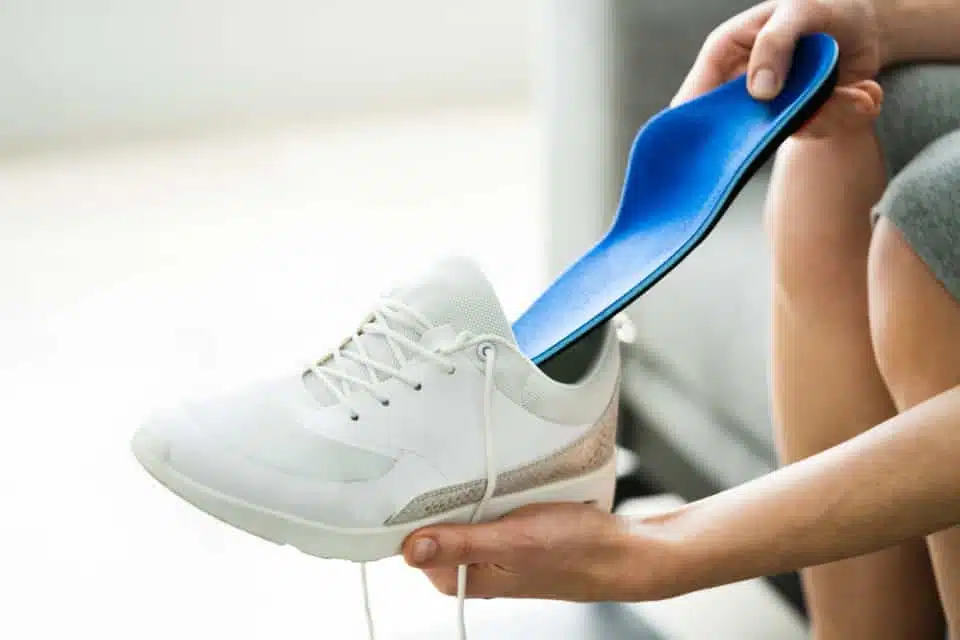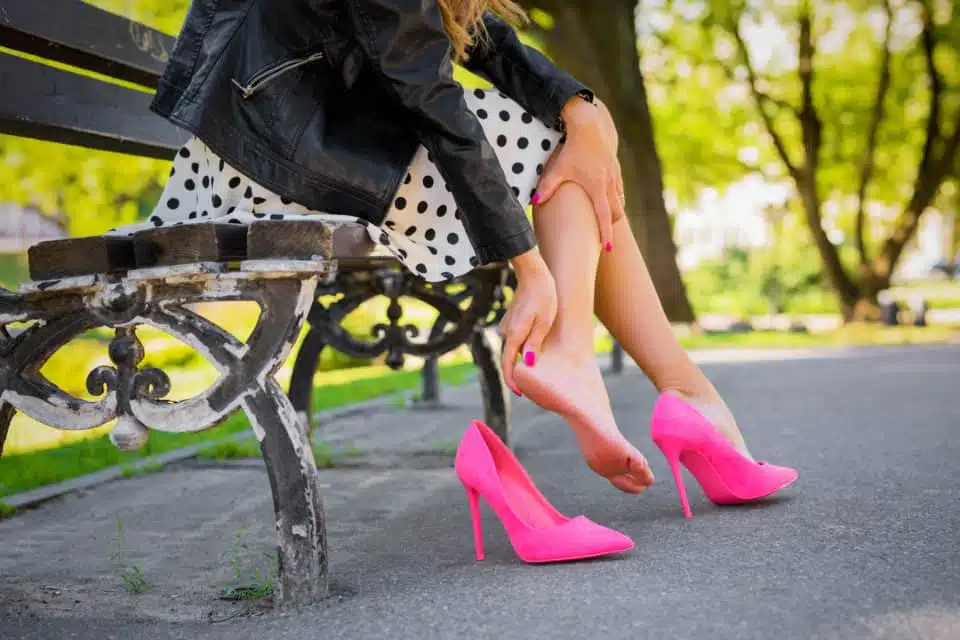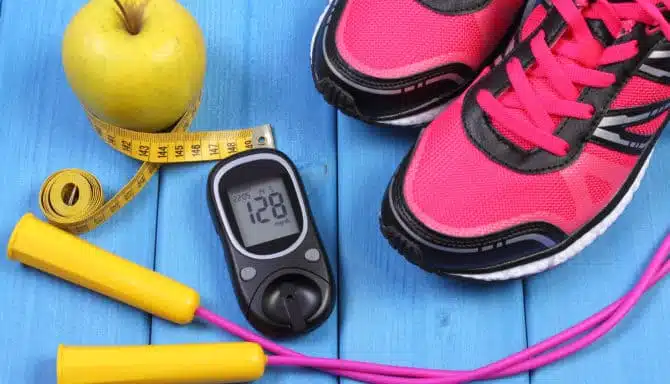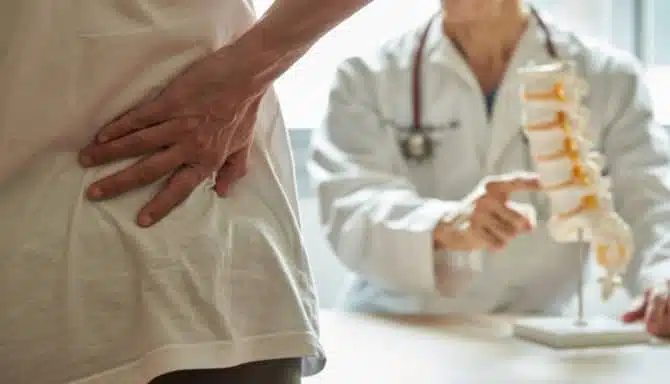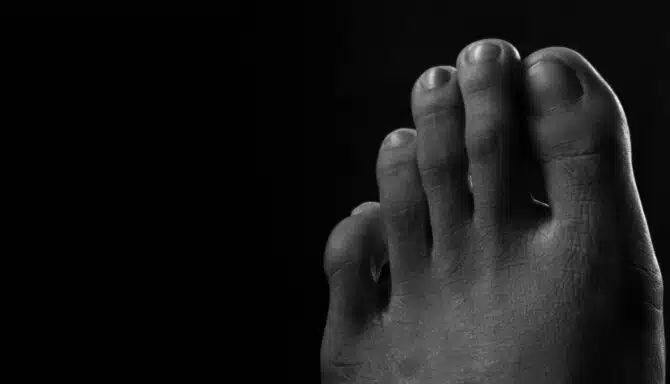Who doesn’t love shoe shopping? The changing seasons, modern styles and vibrant colours keep shoe lovers obsessed with finding the perfect new pair. People who struggle with foot pain and mobility issues also often dream of finding the ultra-comfortable shoe of their dreams.
Shoe shopping should be fun! However, if you’re not careful about what you’re buying, you’ll have to replace shoes much sooner than you’d like to.
That’s why we created a fun checklist for buying shoes. This checklist aims to make sure you find the perfect fit, whether you’re looking for runners, trainers, work shoes, and more.
Shoe Shopping Checklist:
- Know the purpose
- Know your physical needs
- Get the right fit
- Bring your socks
- Bring your orthotics or insoles
- Don’t get too caught up in the aesthetics
- Do not ignore foot pain
1. Know the Purpose
You should ask yourself the following questions while shoe shopping:
- What will I use these shoes for?
- How often will I wear these shoes?
- Will I need these shoes for walking and travelling between places?
- Will I be wearing these shoes inside or outside more?
Keep this in mind when you look at shoes. We also recommend communicating this to whoever is helping you at the shoe store, so they can help point you in the right direction.
Know Your Physical Needs
Foot conditions
If you have abnormal biomechanics, a debilitating foot condition, or a temporary injury, you’ll need to put more thought into your shoe shopping than someone who doesn’t. You may need something that boosts your mobility and reduces pain as much as possible, in which case, you should try orthopaedic shoes or models specifically designed for your foot concerns (i.e.: stability running shoes for flat feet and overpronation).
Foot type
You may be wondering what a “foot type” is. Essentially, it refers to the height of your foot arch. If you have flat feet or high arches, it will come into play when shoe shopping.
When shopping for runners, people with flat feet should choose a stability shoe, whereas those with high arches fare better with a neutral shoe.
A stability shoe supports the foot’s arch and adds additional support in the midsole that help control the foot’s movement through the gait cycle. Stability shoes can be slightly heavier and stiffer than neutral shoes (although new and improving shoe technologies allow for lighter stability shoes that don’t feel restrictive). A neutral shoe can provide more freedom of movement, but may not contain features that target overpronation.
According to WebMD, a flat arch will also require good sole, arch and heel support. Those with high arches should avoid stiff, flat and thin footwear. If you have high arches, you should also look for shoes with strong arch support (high arches still need this), a lot of cushioning, a supportive midsole, and room in the toe box, as high arches may make you more prone to toe conditions, like bunions and hammertoes.
Gait patterns
Your gait (walking pattern) can determine what type of shoes you need. People who overpronate (feet roll inward while walking) need a stability shoe, or in the case of severe overpronation, a motion control shoe (or high-stability shoe), which comes with additional stability features like heel cup support. Those who supinate while they walk (feet roll outward) need a neutral shoe.
Get the Right Fit
Did you know that the size of your feet can change over time?
They can, and it’s important to consider this during your shoe shopping adventures. Don’t assume that you’re still the same size you were before, especially if you haven’t gone shoe shopping in a year or longer.
First, make sure you try the size you think you are. Next, you can ask for the next size up or wide width if you notice a tight fit or you can feel the front of the shoe on your toes. Trying on shoes can take a while, especially if you need something to help manage pain and mobility concerns. So, it’s important to not freak out if your feet have gone up a size. They can for many reasons, including:
- Weight gain
- Conditions that cause foot deformities, like bunions
- Pregnancy
- Aging (flattening and widening of the feet)
- Edema (foot swelling)
To see if you have the right size shoe:
- Stand up and walk around: Your foot moves forward when you stand up and walk, so don’t make any decisions when you’re sitting down.
- See where your toes are relative to the end of the shoe: There should be about one finger’s width of space between your longest toe and the end of the shoe.
If the shoe feels too tight:
- Loosen the laces all the way down: Laces can have a huge impact on the fit and feel of the shoe, especially in shoes with a lot of cushioning.
- Go up in width – not size: This is a common misstep (pun intended) when shoe shopping. If the shoe fits lengthwise, but feels tight in width, going up a size isn’t going to help. You’ll just end up with a shoe that’s too long, which can cause a whole slew of other issues. Instead, look for a wide version of the shoe. If there is no wide width available, you may need to look at a different shoe.
Bring Your Socks
Unless you’re hunting for sandals or heels, bringing your socks during your shoe shopping trip can be advantageous.
Wearing socks while trying on boots, booties, and runners can help you get a better feel for the shoe since you should regularly wear these types of footwear with socks. You can also bring socks with different thickness levels to see how the shoe fits with each type.
Socks are also super protective! Wearing them can help you avoid contracting contagious foot conditions like athlete’s foot. This condition doesn’t just transfer from direct skin contact; you can also pick it up from contaminated surfaces and get it from someone who tried on a pair of shoes before you.
If You Wear Insoles or Orthotics, Bring Them
Some shoes come with a removable footbed, a highly sought after feature for people who wear custom orthotics or Superfeet insoles. If you need to wear your own inserts daily, you’ll want a pair of shoes that can accommodate them. You should also make sure you bring your inserts to see how they fit and feel in the pair of shoes you want.
Don’t Get Too Caught Up in Aesthetics
Running shoes and trainers can entrance you with fun, vibrant colours and cool features. However, it’s important to consider everything else before focusing on how a shoe looks. First make sure a shoe can accommodate your needs, and then inquire about different colours after selecting something perfect for your feet. Once you find the right model, you can always order it in a different colour and pattern.
Over the years, we’ve repeatedly seen how quickly comfort can overcome looks: you’re far more likely to regret a beautiful uncomfortable shoe than a super-comfortable shoe that maybe wasn’t your first pick initially. At the end of the day, if the shoe fits your needs (and your feet), you’ll wear it all the time regardless (comfort just makes the shoe looks better!)
Do Not Ignore Pain
If you start walking around the store and notice pain, make sure you don’t go home with them; it will only worsen. Even the slightest inkling of pain or discomfort signifies that the shoes you’re trying on are not the right fit. Don’t think it’s something that will go away once you “break them in.”
